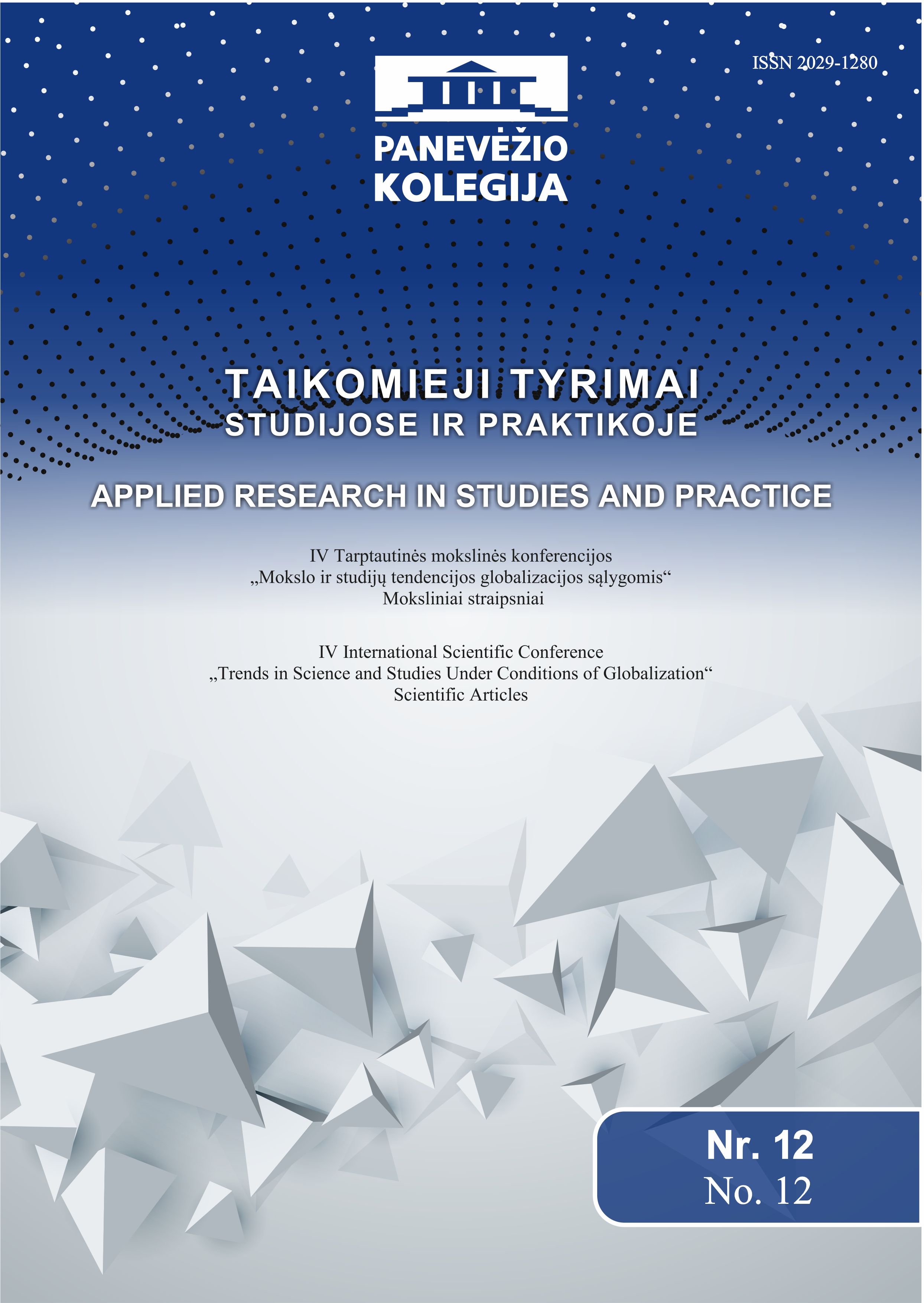Kauno kolegijos ir Lietuvos sveikatos mokslų universiteto studentų burnos ir dantų higienos bei burnos organų būklės analizė
The Analysis of Oral Hygiene and Oral Health Among Students at Kaunas College and Lithuanian University of Health Sciences
Author(s): Genovaitė Šimonienė- Kazlauskienė, Žibuoklė Senikienė, Milda GintilienėSubject(s): Higher Education , Health and medicine and law
Published by: Panevėžio kolegija
Keywords: oral and dental hygiene;oral pathology;caries (tooth decay);occlusion;
Summary/Abstract: The aim of the analysis was to to find out and compare the oral and dental care habits and etiology of oral and dental pathology among students at Kauno Kolegija, Faculty of Medicine and students at Lithuanian University of Health Sciences, Faculty of Dentistry. The studetn‘s approach to the oral hygiene, the reasons which caused dental and oral diseases where established by questionnaires. The data shows that 91-92,3 percent of students look after their teeth, brush regulary, only a few do not. The majority of students knows what kind of toothpaste they use. 41,0 percent use fluorided toothpaste, 35,9 percent - whitening, 12,8 percent - reducing tooth sensitivity, 10,3 percent - choose the other option. 33,3 percent of students always use floss for teeth gaps to maintain personal oral hygiene, 48,7 percent use it sometimes, but 46,2 percent uses mouthwash every day. The study found that part of the students have different dental pathologies. Some students said that they have had problems such as crooked teeth - 60 percent, occlusion problems - 30 percent, crooked bite - 10 percent. Many of the respondents stated that they have had tooth decay (from 77. to 82.1 percent), hyposalivation (38.5 percent), signs of low calcium (10.5 percent), fluorosis (28.2 percent), vitamin C deficiency signs (10.3 percent), so it can be assumed that accumulation of dental plaque and decay developed due to malnutrition, poor oral and dental hygiene. 23.1 percent of respondents care for nutrition in order not to undermine oral health. As the completed questionaires have revealed, the majority of students feed healthy, try to avoid eating carbohydrates - 8 percent., less sugar - 50 percent., do not eat very hot food and do not drink cold drinks - 31 percent.
Journal: Taikomieji tyrimai studijose ir praktikoje
- Issue Year: 12/2016
- Issue No: 1
- Page Range: 125-130
- Page Count: 6
- Language: Lithuanian

